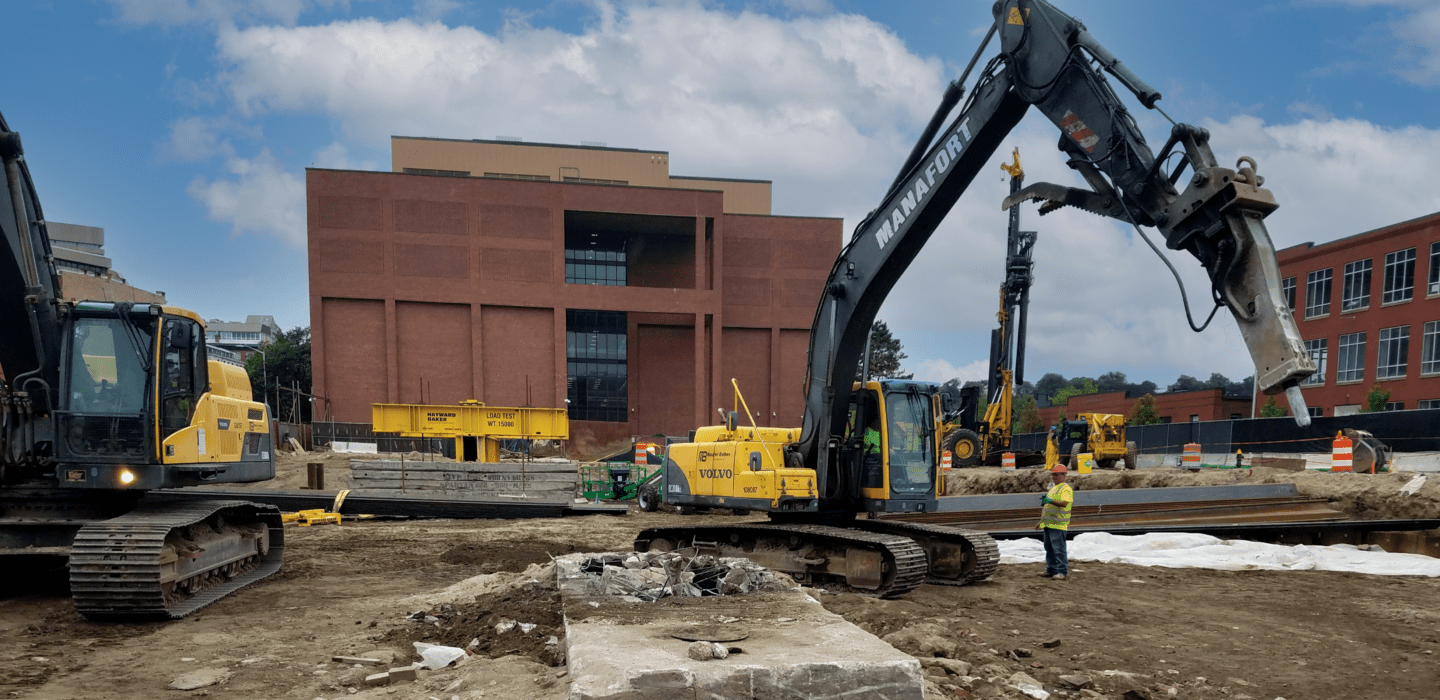Garrahy Parking Garage at RICCA
Providence, Rhode Island
BETA was retained by the Rhode Island Convention Center Authority to perform environmental services to support the design and construction of the 1,250-space parking garage at the Garrahy Courthouse. The parking garage, which supports development within the I-195 Redevelopment District, replaced a former 300-space surface parking lot.
BETA initially conducted a Phase I Environmental Site Assessment that identified historic industrial/commercial use of the site dating back to the mid-1800s. This prompted the need for further evaluations of soil and groundwater conditions to determine if a release of oil and hazardous materials had occurred and if construction activities would be impacted. In conjunction with geotechnical investigations needed to support the structural design of the garage, BETA collected soil samples from 11 borings and groundwater samples from two monitoring wells. Concentrations of several semivolatile organic compounds and metals were identified in the soil that exceeded their respective Industrial/Commercial Direct Exposure Criteria. Volatile organic compounds were also detected at concentrations above their GB Groundwater Objectives.
To address soil and groundwater contamination, BETA developed a Site Investigation Report and Remedial Action Work Plan that were approved by the Rhode Island Department of Environmental Management. BETA then worked with the design team to develop appropriate soil management and dewatering plans to be followed during construction.
During construction, BETA documented the excavation, stockpiling, and disposal of over 20,000 tons of contaminated soil and 4,000 tons of concrete from former building foundations. BETA also conducted periodic sampling of the effluent from the dewatering system and reported those results to RIDEM under a Remediation General Permit.
In addition, one reinforced concrete underground storage tan was encountered. The 3,000-gallon tank contained approximately 2,700 gallons of No. 2 fuel oil, which was previously undocumented. It was obvious that before the storage of diesel, the tank stored No. 6 fuel oil. Once encountered, BETA retained the services of a tank removal contractor and coordinated its closure.


